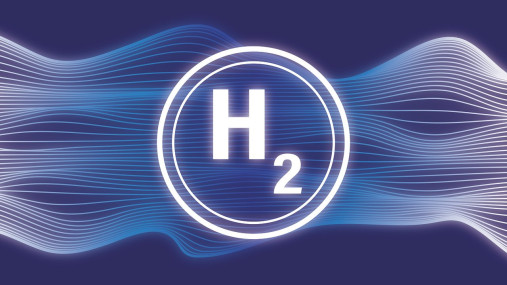
Publications » Position papers » Implementation of RFNBOs targets in industry
Implementation of RFNBOs targets in industry
Downloads and links
Recent updates

➢ The use of hydrogen in the steel industry yields the highest CO2 abatement potential per tonne consumed with lower and upper ranges comprised between 16kgCO2/kgH2 and 23kgCO2/KgH2.
➢ The European steel sector is expected to be the largest hydrogen industrial user making up 26% of total demand (industry, power, transport) and making it a key driver of the market ramp-up – if the right conditions are in place.
➢ The current levels of hydrogen production in Europe, alongside the corresponding infrastructure must speed up considerably for the steel sector to succeed in its uptake efforts.
➢ National hydrogen policies should be centred upon promoting and enabling the efficient use of clean hydrogen in sectors yielding the highest CO2 emissions abatement potential and with no cost-efficient alternatives to decarbonise.
➢ The RFNBOs (Renewable liquid and gaseous Fuels of Non-Biological Origin) industrial target shall be based on a realistic and holistic assessment of supply and demand, taking international competitiveness into account.
➢ The responsibility to achieve the RFNBOs consumption targets shall be placed at the Member State level with no binding obligation on individual companies.
➢ Provide enabling framework conditions supporting the final uptake of renewable hydrogen in industrial uses as a key precondition for the imposition of consumption targets – which includes:
o Endorsing the prioritisation principle in all national initiatives and policies;
o Closing the price gap for renewable hydrogen via targeted funding schemes such as the European Hydrogen Bank;
o Adopting short-term solutions to alleviate wholesale electricity prices for energy-intensive industries;
o Maintaining a flexible approach in the rules on the production of renewable hydrogen established in the delegated act on additionality and correlation criteria;
o Improving the availability of and accessibility to renewable power and hydrogen purchase agreements (i.e., respectively PPAs and HPAs) for energy-intensive industries;
o Fostering the expansion of renewable energy capacity by concretely accelerating and streamlining administrative permit-granting processes as provided for in RED III in Art. 15+.
Full text available in the pdf below.

Download this publication or visit associated links
A milestone occasion to quickly and effectively restore affordable electricity, to relaunch the
decarbonization and strengthen the international competitiveness of the European steel
industry.
Brussels, 02 December 2025 – Unchanged negative conditions – U.S. tariffs and trade disruptions, economic and geopolitical tensions, protracted weak demand and still high energy prices – continue to weigh on the European steel market. EUROFER’s latest Economic and Steel Market Outlook confirms for 2025 another recession in both apparent steel consumption (-0.2%, unchanged) and steel-using sectors (-0.5%, revised from -0.7%). A potential recovery is expected only in 2026 for the Steel Weighted Industrial Production index (SWIP) (+1.8%, stable) and for apparent steel consumption (+3%, slightly revised from +3.1%) – although consumption volumes would still remain well below pre-pandemic levels. Steel imports retained historically high shares (27%), while exports plummeted (-9%) in the first eight months of 2025.
Fourth quarter 2025 report. Data up to, and including, second quarter 2025